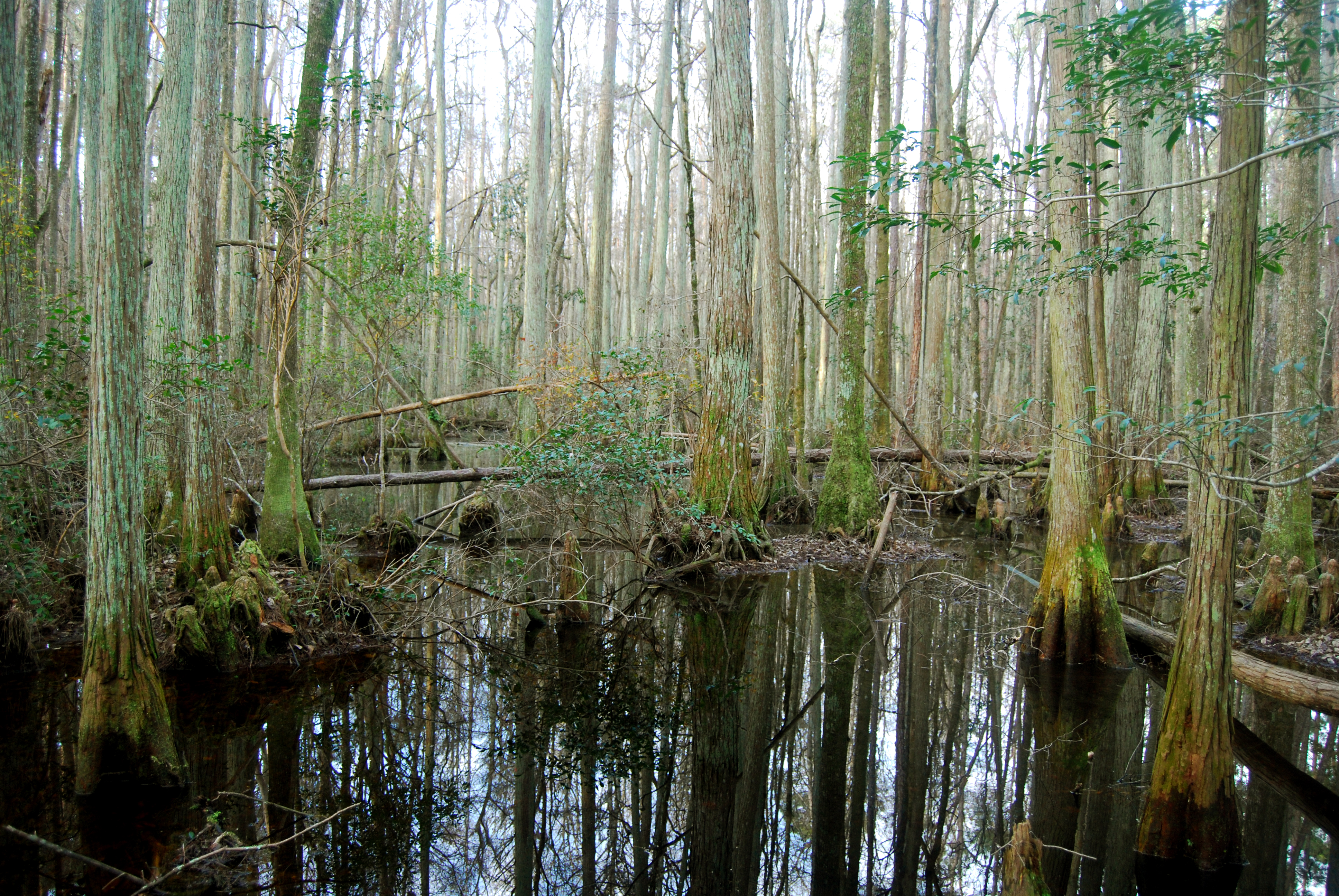Palustrine Wetlands on:
[Wikipedia]
[Google]
[Amazon]
 Palustrine wetlands include any inland wetland that contains ocean-derived salts in concentrations of less than 0.5 parts per thousand, and is non- tidal. The word ''palustrine'' comes from the Latin word ''palus'' or marsh. Wetlands within this category include inland marshes and
Palustrine wetlands include any inland wetland that contains ocean-derived salts in concentrations of less than 0.5 parts per thousand, and is non- tidal. The word ''palustrine'' comes from the Latin word ''palus'' or marsh. Wetlands within this category include inland marshes and
 Palustrine wetlands include any inland wetland that contains ocean-derived salts in concentrations of less than 0.5 parts per thousand, and is non- tidal. The word ''palustrine'' comes from the Latin word ''palus'' or marsh. Wetlands within this category include inland marshes and
Palustrine wetlands include any inland wetland that contains ocean-derived salts in concentrations of less than 0.5 parts per thousand, and is non- tidal. The word ''palustrine'' comes from the Latin word ''palus'' or marsh. Wetlands within this category include inland marshes and swamp
A swamp is a forested wetland.Keddy, P.A. 2010. Wetland Ecology: Principles and Conservation (2nd edition). Cambridge University Press, Cambridge, UK. 497 p. Swamps are considered to be transition zones because both land and water play a role in ...
s as well as bog
A bog or bogland is a wetland that accumulates peat as a deposit of dead plant materials often mosses, typically sphagnum moss. It is one of the four main types of wetlands. Other names for bogs include mire, mosses, quagmire, and muskeg; a ...
s, fens, pocosins, tundra and floodplains.
According to the Cowardin classification system The Cowardin classification system is a system for classifying wetlands, devised by Lewis M. Cowardin ''et al.'' in 1979 for the United States Fish and Wildlife Service. The system includes five main types of wetlands:
# Marine wetlands- which are ...
Palustrine wetlands can also be considered the area on the side of a river or a lake, as long as they are covered by vegetation such as trees, shrubs, and emergent plants.
Classification
Palustrine wetlands are one of five systems of wetlands within theCowardin classification system The Cowardin classification system is a system for classifying wetlands, devised by Lewis M. Cowardin ''et al.'' in 1979 for the United States Fish and Wildlife Service. The system includes five main types of wetlands:
# Marine wetlands- which are ...
. This system was created by Lewis Cowardin and others from the United States Fish and Wildlife Service in 1987. The other systems are:
* Marine
Marine is an adjective meaning of or pertaining to the sea or ocean.
Marine or marines may refer to:
Ocean
* Maritime (disambiguation)
* Marine art
* Marine biology
* Marine debris
* Marine habitats
* Marine life
* Marine pollution
Military
* ...
wetlands, exposed to the open ocean
* Estuarine
An estuary is a partially enclosed coastal body of brackish water with one or more rivers or streams flowing into it, and with a free connection to the open sea. Estuaries form a transition zone between river environments and maritime environment ...
wetlands, partially enclosed by land and containing a mix of fresh and salt water
* Riverine
A river is a natural flowing watercourse, usually freshwater, flowing towards an ocean, sea, lake or another river. In some cases, a river flows into the ground and becomes dry at the end of its course without reaching another body of wate ...
wetlands, associated with flowing water
* Lacustrine wetlands, associated with a lake or other body of fresh water
Vegetation
The vegetation within a Palustrine system typically contains multiple species that are similar. This different groups of vegetation are aquatic bed, emergent, scrub-shrub, and forested. * Aquatic bed vegetation typically includes floating-leaved plants, pondweed and waterlilies. * Emergent vegetation commonly includes cattails, bulrushes, reeds, pickerel weed, arrowheads and ferns. * Scrub-shrub wetland is dominated by woody vegetation less than 20 feet tall, such as buttonbush, alders, and many kinds of saplings. * Forested palustrine wetland is dominated by woody vegetation over 20 feet tall.See also
*Fluvial
In geography and geology, fluvial processes are associated with rivers and streams and the deposits and landforms created by them. When the stream or rivers are associated with glaciers, ice sheets, or ice caps, the term glaciofluvial or fluviog ...
– of or relating a river
* Oceanic – of or relating to an ocean
References
Aquatic ecology {{Topography-stub